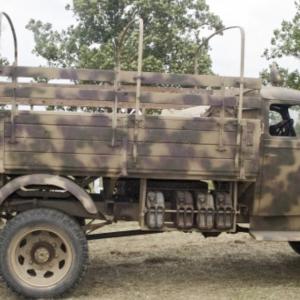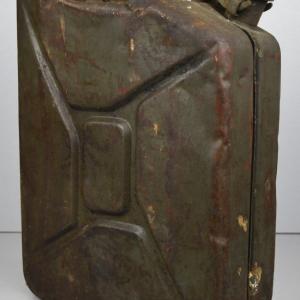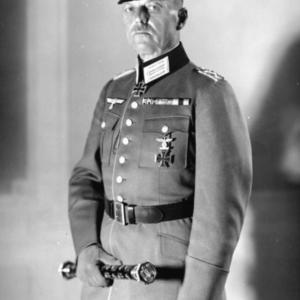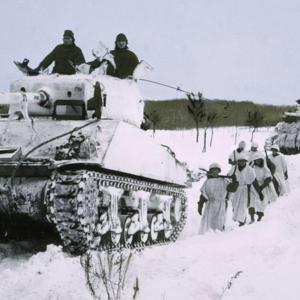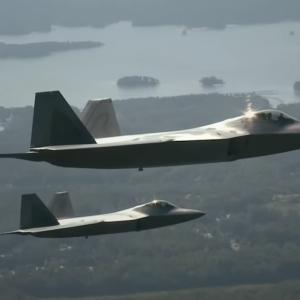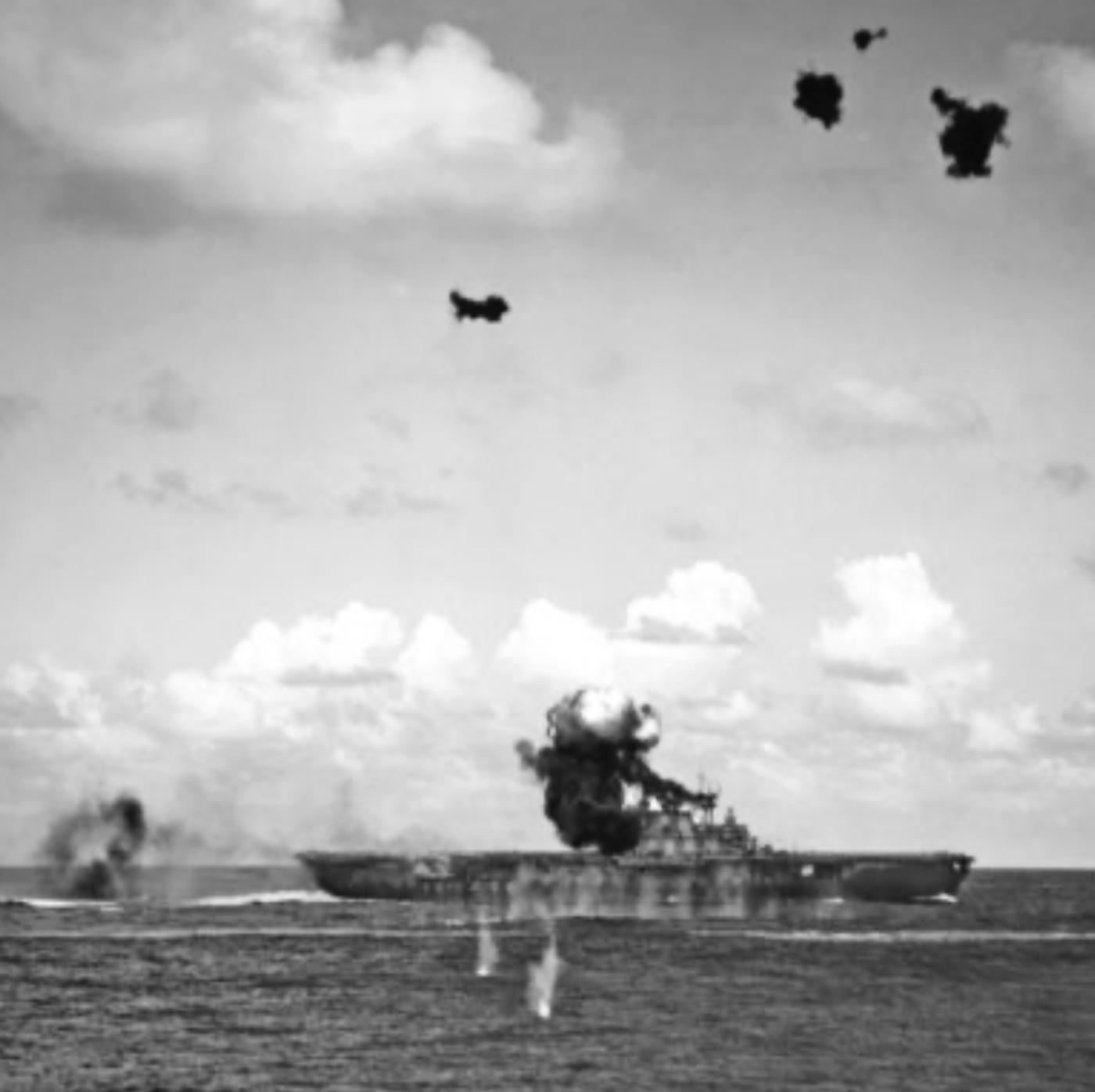
On this day in military history…
On October 26, 1942, one of the pivotal engagements of the Pacific War unfolded in the waters near the Solomon Islands. This was the Battle of the Santa Cruz Islands, the fourth major carrier battle between the Imperial Japanese Navy and the United States Navy. On this day, the Japanese launched a concentrated aerial assault on the USS Hornet (CV-8), a key American aircraft carrier that had already gained fame for launching the Doolittle Raid on Tokyo earlier that year.
The Japanese commander overseeing the operation was Vice Admiral Nobutake Kondo, who led the Combined Fleet’s Advance Force. However, the tactical control of the air assault fell to Vice Admiral Chuichi Nagumo, the same officer who had commanded the carrier strike force at Pearl Harbor. The Japanese carrier task force included Shokaku, Zuikaku, and the light carrier Zuiho. From these ships, the Japanese launched several waves of aircraft, totaling around 110 planes throughout the day. The attack force was composed of Mitsubishi A6M Zero fighters, Aichi D3A "Val" dive bombers, and Nakajima B5N "Kate" torpedo bombers.
Their target, the USS Hornet, was under the command of Rear Admiral George D. Murray, with Captain Charles P. Mason in direct command of the ship. The Hornet formed part of Task Force 17, which included cruisers, destroyers, and support vessels. As the Japanese aircraft approached, American radar operators picked up the incoming formations, and the carrier launched its fighters to intercept. Anti-aircraft batteries onboard the Hornet and its escort ships also prepared for the onslaught.
Despite fierce defensive efforts, the Japanese managed to penetrate the American screen. The first wave of attacks began mid-morning, when dive bombers struck the Hornet with three 500-pound bombs, causing significant damage to the flight deck and knocking out communications. Almost simultaneously, torpedo bombers approached from both flanks. Two torpedoes struck the ship on its starboard side, further crippling it. An hour later, a damaged Japanese bomber, trailing smoke, deliberately crashed into the carrier’s island structure in a suicide-like act, igniting fires and worsening the damage.
The crew fought valiantly to save the ship. Damage control teams managed to keep the Hornet afloat for several hours, and there were even initial hopes that it might be towed to safety. However, subsequent waves of Japanese aircraft returned in the afternoon, targeting the crippled carrier. A second round of torpedo hits made salvage impossible. Eventually, the order was given to abandon ship. The American destroyers Anderson and Mustin attempted to scuttle the Hornet with torpedoes and gunfire, but the battered ship refused to sink. It was finally finished off by Japanese destroyers that arrived after the Americans withdrew.
Of the 2,200 men aboard Hornet, 140 were killed during the battle. The rest were rescued by escorting ships. The Japanese lost around 100 airmen and more than 20 aircraft in the attacks on Hornet alone, with additional losses throughout the battle from U.S. counterattacks.
The sinking of the Hornet was a significant blow to the United States Navy. With the earlier loss of Lexington at Coral Sea and Yorktown at Midway, the U.S. temporarily had only one operational carrier in the Pacific—the Enterprise, which was also damaged during the Santa Cruz battle. For a brief period, the Japanese held an apparent tactical advantage in carrier strength.
However, this victory came at a high cost for Japan. They lost a substantial number of irreplaceable veteran pilots during the battle, and their carriers, while not sunk, suffered damage that limited their operational capacity. Unlike the United States, which was ramping up carrier production and training new pilots rapidly, Japan struggled to replenish its losses. In the long term, the Battle of the Santa Cruz Islands—though a tactical win for Japan—marked the beginning of the decline of Japanese naval air power.

